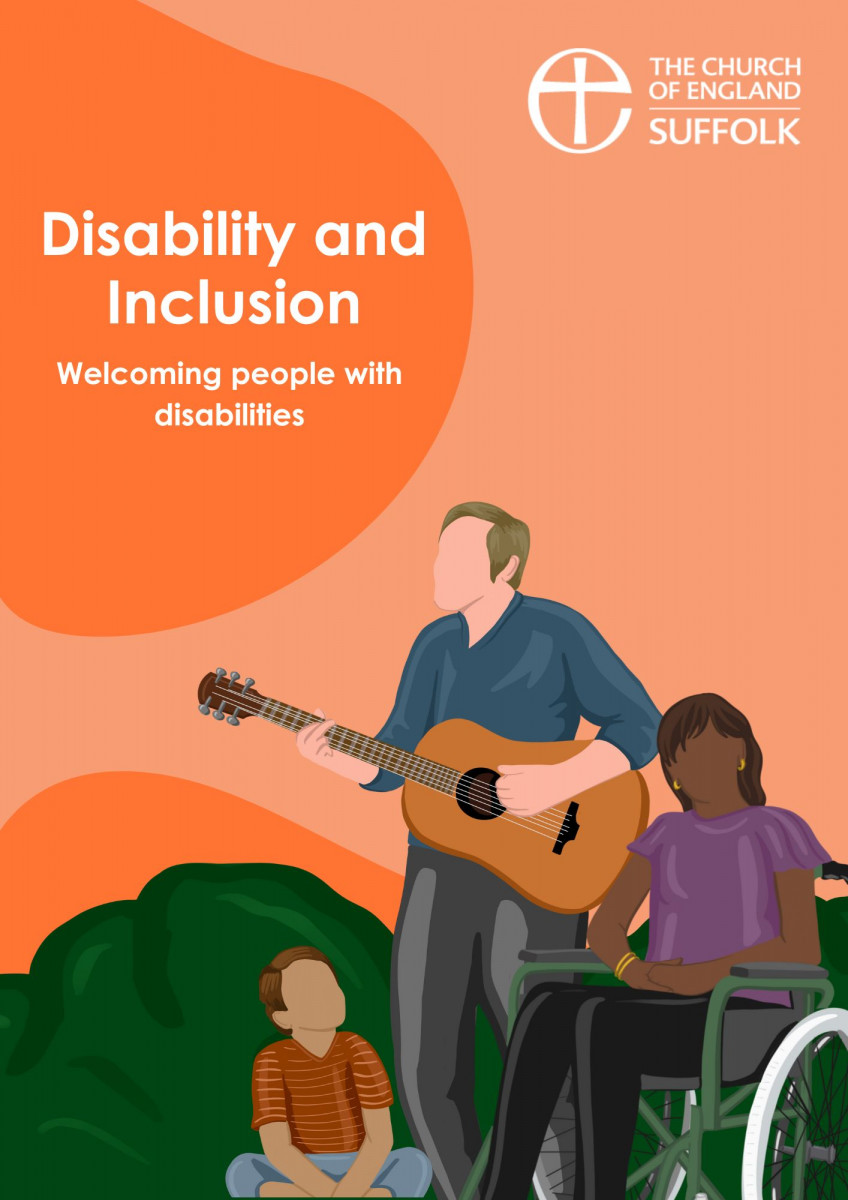Projecting words and pictures onto a screen has many advantages.
- It’s not good practice to use ALL CAPITALS for words. Most people recognise words by their shape. Using all CAPITALS slows down all readers and particularly people who may have slower reading speeds (like most young children!).
- Words should be a good contrast to the background. Don’t project words over pictures - it’s a distraction and makes them hard to read. Don’t use a white background either - it’s too bright and gives too much contrast.
- The best background is a dark colour like deep blue with a good contrast for the text. Consider having the words the minister is using in white and the parts which people need to join in with bold yellow.
- Keep the number of words to a ‘slide’ to a minimum. The whole verse of a song is enough and try to use a good clear font like Gill Sans, Trebuchet or Calibri no smaller than 28pt.
- Bear in mind some people cannot read the screen - it may be too high for them to lift their head or their eyesight won’t allow them. Have a large print copy of what is being projected ready to offer to them.
- You might want to consider how people who have autism access printed materials. It can help to have white space on a page and to use icons and images instead of words. The best thing is to ask what would help.
Printed Material
- There may be service books, weekly bulletins,hymn/song books and more, but are there large print versions available to offer to anyone who would find them easier to access?
- There are some people who find usual size print easier to read if it’s printed on a pale coloured paper such as light green - they might ask if it could be available for some things.
Language and communication
People can feel offended and alienated when inappropriate terms are used to describe their disability or illness. The words we use can reinforce prejudices, define people by their disability and label people as victims. It is important we are sensitive to this. Using acceptable words and phrases can also help us be more open to another person’s needs. However, there is a risk that we become so anxious about making a mistake that we become over-sensitive and avoid talking about the disability at all.
Some general tips on how to communicate:
- Use a normal tone of voice. Avoid sounding as though you are being patronising or talking down to the person.
- Avoid attempt to speak or finish a sentence for the person you are talking to.
- Address disabled people in the same way as you talk to everyone else.
- Speak directly to a disabled person, even if they have an interpreter or companion with them. This is particularly important if someone is a wheelchair user.
- When talking to a wheelchair user, whenever possible sit on a chair so you are at the same height rather than talking down to them.
Be positive not negative
- Focus on describing the disability or illness as part of the whole person. Avoiding negative descriptions enables us to be more aware of the perspective of the person we are addressing. For example, avoid phrases like ‘suffers from’ which suggest discomfort, constant pain and a sense of hopelessness.
- Another term to avoid is describing someone as being “confined” to a wheelchair. A wheelchair is a mobility aid which enables the wheelchair user to get around more easily.
In our booklet we have more details for you to explore:
Download our booklet:
